A few weeks back, the folks from Jeep invited me out to Bozeman, Montana to test drive the 2023 Wagoneer L and Grand Wagoneer L. As a fan of the modern Wagoneer line, I was interested to check out the new long wheelbase models, but more importantly, this was the first chance for media to drive something powered by the new Hurricane inline-six engine family.
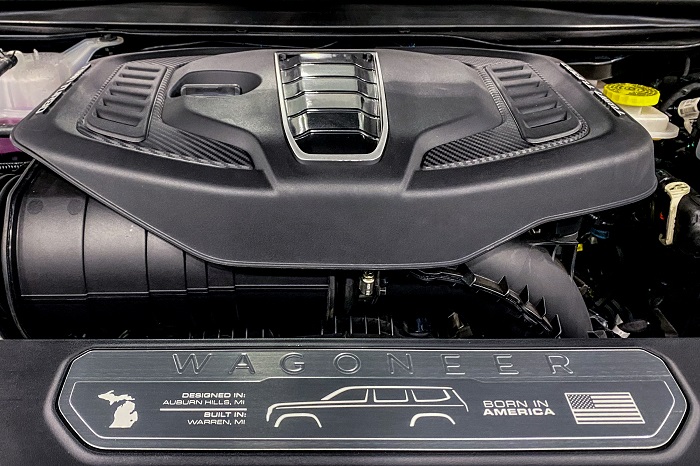
There have long been rumors that an inline-six engine family would replace the Hemi engines as the volume option in many vehicles within the Jeep, Ram and Dodge brands, but the Wagoneer and Grand Wagoneer are the first to come to market with a Hurricane engine. To be more specific, the Wagoneer and Grand Wagoneer line feature two engines from this new engine family – the Hurricane Twin Turbo and the Hurricane Twin Turbo 510.
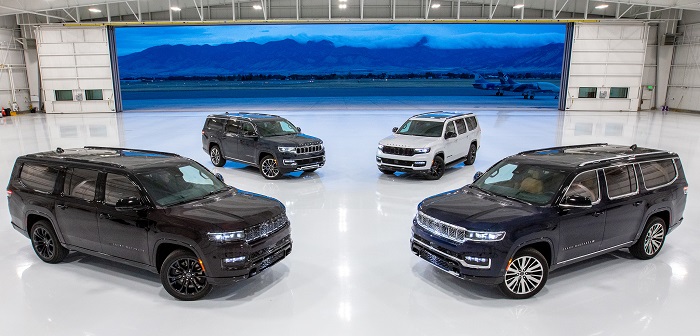
The Hurricane Twin Turbo is standard in most trim levels of the Wagoneer and Wagoneer L, offering 420 horsepower and 468 lb-ft of torque, while the Hurricane Twin Turbo 510 is standard in most trim levels of the Grand Wagoneer lineup, delivering 510 horsepower and 500 lb-ft of torque. The 5.7-liter Hemi is still standard in the base model Wagoneer with 392 horsepower and 404 lb-ft of torque while the 6.4-liter Hemi is still standard in the base model and Obsidian level Grand Wagoneer, offering 471 horsepower and 455 lb-ft of torque. In other words, the Hurricane Twin Turbo offers more horsepower and torque than the 5.7-liter Hemi while the Hurricane Twin Turbo 510 offers more horsepower and torque than the 6.4-liter Hemi.
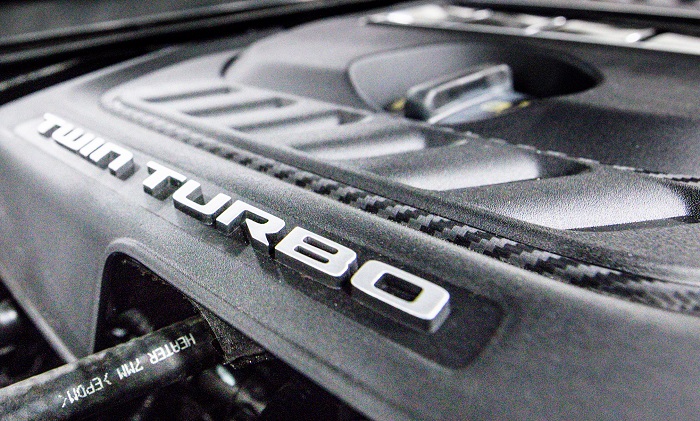
It should also be noted that the Wagoneer L that I drove had a curb weight in the 6,300-6,400lb range while the Grand Wagoneer L is in the 6,600-6,700lb range. In other words, these big Jeeps are among the heaviest vehicles in the Stellantis corporate fleet, but these small engines still do a great job of making them quicker than the V8-powered versions.
Hurricane Twin Turbo VS Hemi
The Hurricane Twin Turbo engines in the Jeep Wagoneer lineup offer more power than the Hemi engines, but many critics of the downsized engines are concerned about power delivery. Naturally aspirated engines like the 5.7- and 6.4-liter Hemi V8s deliver power quickly, with big initial torque output with little delay. On the other hand, turbocharged engines generally do not make big torque until they have reached peak boost levels, leading to a condition referred to as “turbo lag”. Skeptics of the move to the Hurricane engines are concerned that the turbo lag will make these big, heavy vehicles slow to accelerate, but those folks clearly haven’t driven many modern turbocharged engines.
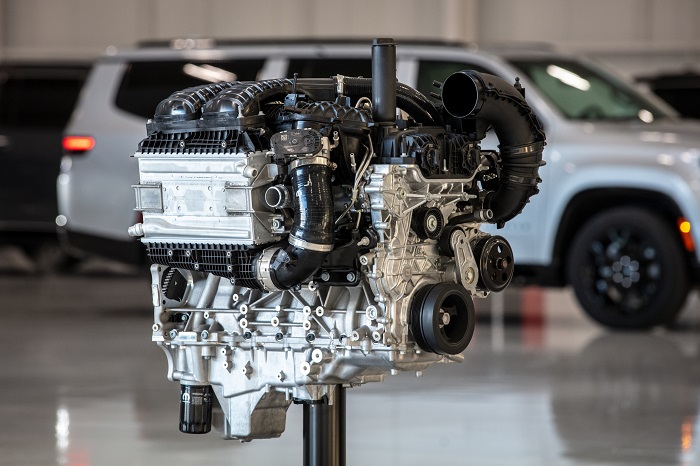
Thanks to advancements in technology of turbocharging systems, fuel delivery systems and general engine design, there is almost no turbo lag to speak up with the Hurricane inline-six engines. These engines do not deliver the same hard hit from a stop as the Hemi V8s, but unlike older forced induction engines that may take a few seconds to spool up, the Hurricane engines build boost very quickly. When you launch a Grand Wagoneer L with the 510 horsepower engine hard from a stop, there is a very brief period where you can feel the boost build as engine speed climbs, and when it hits peak boost pressure of 26psi, it puts you back in the seat and allows this huge SUV to reach highway speeds in a hurry.
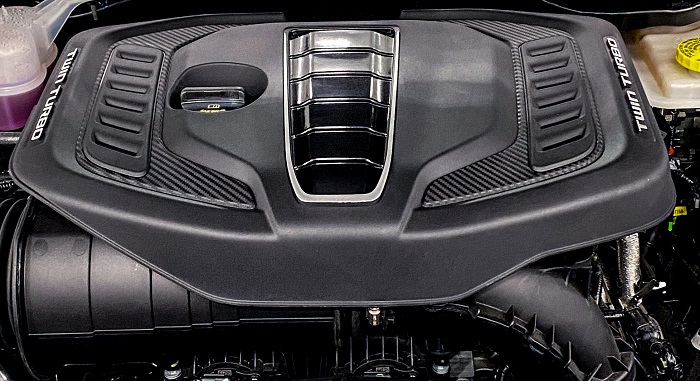
In short, the Hemi engine has an advantage in seat-of-the-pants feel right at the very start of a hard launch, but the Hurricane engines provide more punch within about 20 feet, making the Jeeps with these small engines quicker to 60. More importantly – since most people aren’t buying a Wagoneer or Grand Wagoneer to go drag racing – is the fact that the Hurricane engines both provide gobs of power through the mid-range. This allows these two big Jeeps plenty of passing power, with boost building almost instantly when you downshift and put the pedal to the floor at speed. They don’t offer the roar of the Hemi engines when you hammer-down to pass slower moving traffic, but having driven every configuration of the new Wagoneer and Grand Wagoneer with both the V8 and I6 engines, the Hurricane Twin Turbo and Hurricane Twin Turbo 510 give the big SUVs an advantage over the V8 counterparts.
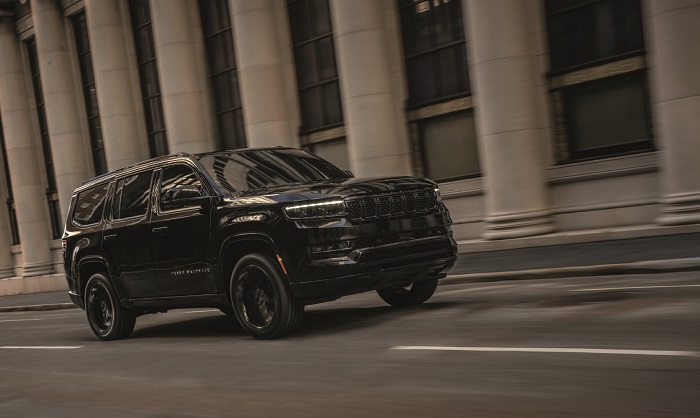
Hurricane in Other Vehicles
While the Hurricane Twin Turbo and Hurricane Twin Turbo 510 both do a fantastic job of motivating the Jeep Wagoneer family, the company will likely sell far more units of these engines in other models. Most notably, it is expected that the 5.7-liter Hemi in the Ram 1500 will be replaced by the Hurricane Twin Turbo engine. The current Ram 1500 with the 5.7 offers 395 horsepower and 410 lb-ft of torque, so the inline-six will offer a similar advantage in power to the one that I experienced in the Wagoneer L. However, the Ram 1500 is a bit lighter than the Wagoneer L, with curb weight figures for four-wheel-drive models weighing in the mid-5,000 pound range, so the new engine will have an even greater impact in the pickup.
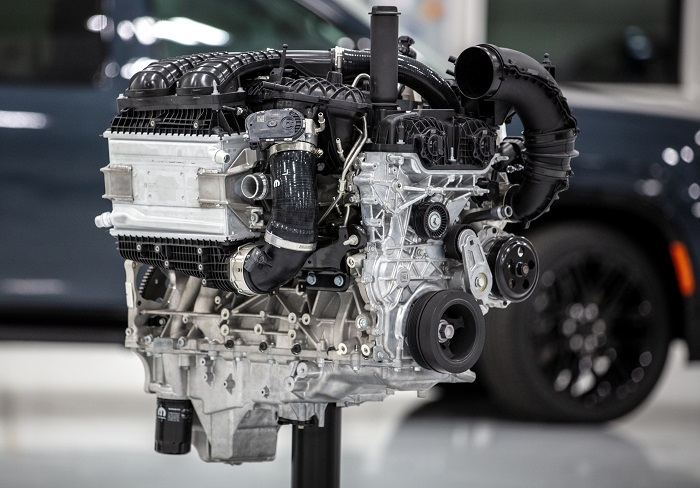
Along the same lines, if the Hurricane Twin Turbo 510 is offered in the Ram 1500, the output of that powerplant will beat everything that the company has offered in the past, with the exception of the supercharged V8 in the TRX. The 510 horsepower I6 in a 5300lb Ram 1500 sounds like it would be a blast to drive on paved roads and in the mud.
Also, there have long been rumors that the next generation Dodge Challenger would have Hurricane power. So far, Dodge has only provided details on the next generation Charger, which Dodge boss Tim Kuniskis has said would be EV-only, but what about the Challenger? It seems unlikely that Dodge would have a pair of two-door electric vehicles, so if there is a next generation Challenger – I expect that it will feature combustion engines. While people will complain about the lack of proper V8 sounds, the Hurricane 510 would most certainly make the 4,000 pound Challenger the quickest non-Hellcat model to date.
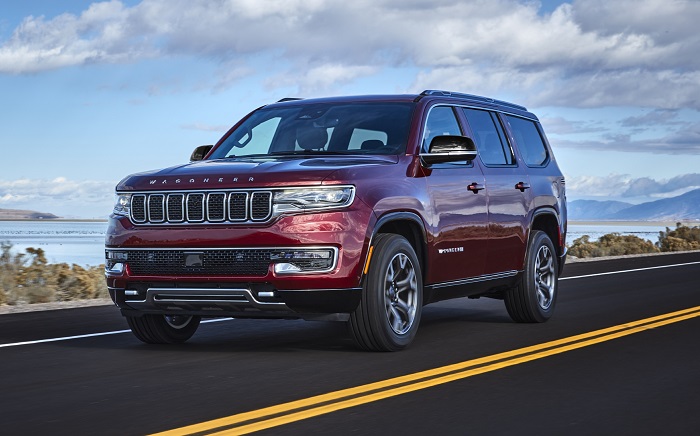
Of course, there is also the fact that Stellantis has a contract to buy a large number of next generation ZF 8HP transmissions, which feature an integrated hybrid drive system. If the electric drive portion of the ZF transmission can add more power, we could see a hybrid Challenger with output nearing 600 horsepower with an inline-six that would offer far better fuel economy than the Hemi V8 engines.
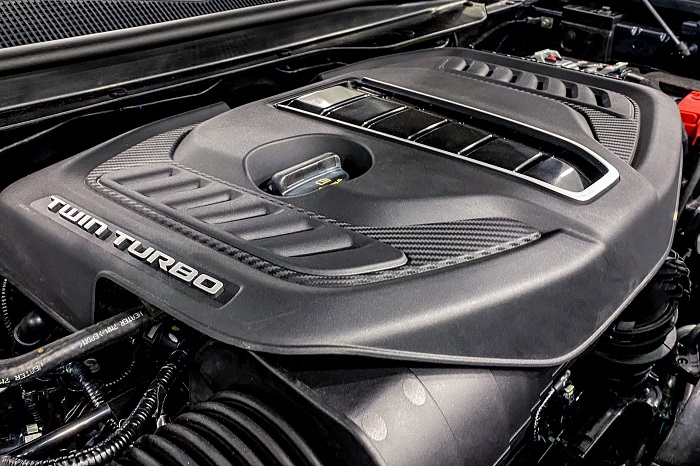
If Dodge can sell a bunch of hybrid-equipped Challengers and Hornets alongside a bunch of all-electric Chargers, the CAFE score could get high enough for the brand to offer limited runs of high-powered Hemi cars in the future without facing the massive fines that they have been paying lately.